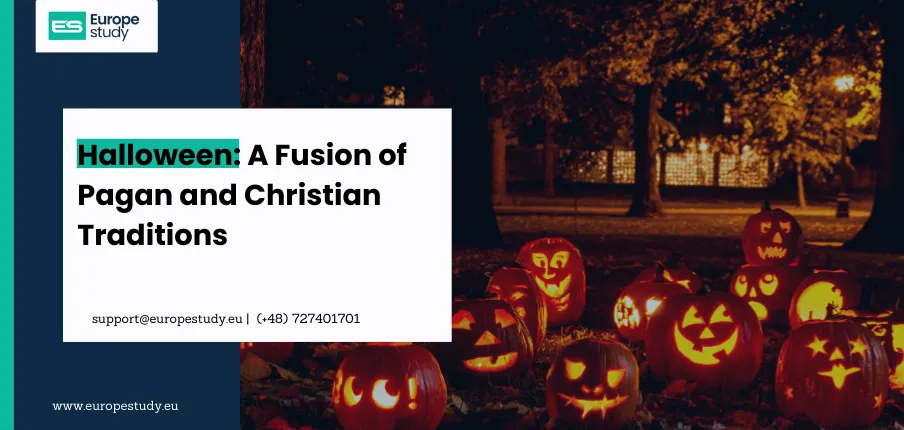
Halloween: A Fusion of Pagan and Christian Traditions
Halloween, celebrated annually on October 31, is a holiday steeped in history and tradition, rooted in both pagan and Christian practices. Understanding its origins provides insight into how Halloween evolved into the festive occasion we know today.
One of the earliest influences on Halloween comes from the ancient Gaelic festival of Samhain, celebrated on November 1 but beginning the evening before. This festival marked a significant transition in the seasonal cycle, heralding the end of the harvest and the onset of winter. For the ancient Celts, this time of year was believed to bring a thin veil between the living and the dead, allowing for a unique opportunity to connect with those who had passed away. This belief in the supernatural contributed to the "haunted" connotations associated with Halloween.
In addition to its pagan roots, Halloween also carries Christian significance. The celebration of Christian martyrs and saints can be traced back to 4th-century Rome. Initially, All Saints' Day was observed on May 13, a date established by Pope Boniface IV when he dedicated the Pantheon in Rome to the saints. However, in the early 8th century, Pope Gregory III shifted the celebration to November 1, dedicating a chapel in St. Peter’s Basilica to the saints. This change laid the groundwork for a broader observance of All Saints' Day.
By the time of Pope Gregory IV in the 9th century, All Saints' Day was officially added to the universal Christian calendar, extending its celebration beyond Rome to churches worldwide. This led to the emergence of All Hallows' Eve, or Halloween, on the evening before All Saints' Day, along with All Souls' Day on November 2. Together, these three days formed a holiday known as Hallowtide, blending both the pagan and Christian observances.
As we celebrate Halloween today, it is essential to recognize the rich tapestry of its origins, where ancient traditions and religious practices intertwine to create a unique and lasting cultural phenomenon.





